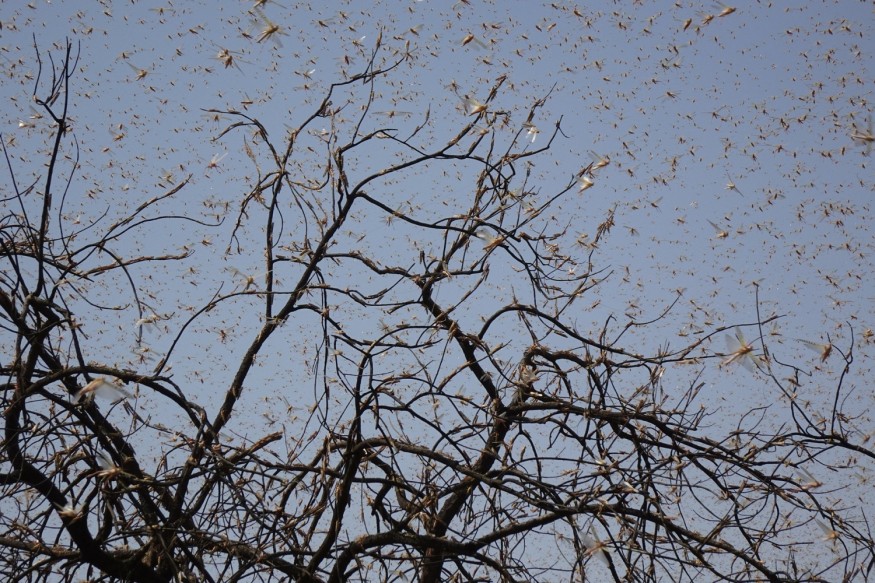According to a recent study by a research team from Arizona State University, climate change will result in locust swarms to become much more intense. The researchers noted that it would endanger food security by causing even more crops to be destroyed by insect pests.

Study Overview of Possible Locust Outbreak
The study, which was released in Ecological Monographs, presents the findings of extensive research on the physiology of South American locusts. It illustrates how species distribution models, taking physiology and temperature into account, may change what we can anticipate as climate change progresses.
One distinctive feature of the study, according to Jacob Youngblood, first author and recent Ph.D. in Biology graduate from Arizona State University, was the integration of numerous research methodologies, including field observations, laboratory experiments, and computational modeling.
Locusts Threat in Vegetation
Locusts are harmless. When conditions are ideal, however, the locust population increases to the point of overcrowding. A generation of locusts, according to NPR, can increase twenty-fold every three months once they reach the gregarious phase. It means that, when they grow, they do so exponentially.
In fact, they are capable of forming migratory swarms of 80 million locusts per square kilometer.
A swarm of this size can travel up to 90 miles per day, eating the equivalent amount of food as 35,000 people, with each locust consuming up to two grams of vegetation per day.
Species Distribution Model
The team examined the physiology of the South American locust to help them understand the factors that cause swarms.
According to Phys.org, scientists use species distribution models, which are computer algorithms that forecast a species' distributions across a geographic area using environmental data. This model would try to forecast where swarms will migrate and where crops will be threatened.
In order to inform their model, the research team used a mechanistic modeling approach and data on locust physiology. In this instance, the researchers evaluated the rate of locusts' food digestion in various settings.
To model energy gain in both current and future climate scenarios, the team measured how thermal conditions affected the rates of eating and digesting for field-captured locusts. They then developed a new species distribution model that forecast the spread of locust outbreaks under various scenarios using this fresh data as a predictive variable.
ALSO READ: Cat Litter Material Can Save the Planet, Combat Climate Change With Its Methane Content
Research Findings
According to their predictions, locusts will be able to assimilate 8-17% more energy per wet season than they can now in future climates than they can now, proportionate to how much warmer it is.
During a growing season, South American locusts typically only complete two generations. Because there would be more energy available during each wet season, generation times would be shortened, which would promote population growth and more swarms.
Populations will be able to grow and develop more quickly in the future due to warmer climates, which will also support longer lifespans and three generations per season, which will increase the likelihood of outbreaks.
Climate change is predicted to cause migratory populations of South American locusts to move farther from the equator. Physiology-based models for locusts actually predict a smaller range of expansion than conventional correlative models, but they also predict an increase in population growth rate, which will lead to even more crop damage.
Together, these findings should aid in planning for the upcoming outbreak by farmers and governments, according to Youngblood. "This physiological modeling approach may also aid in the prediction of outbreaks for other locust species," he added.
Check out more news and information on Environment in Science Times.
© 2025 ScienceTimes.com All rights reserved. Do not reproduce without permission. The window to the world of Science Times.











